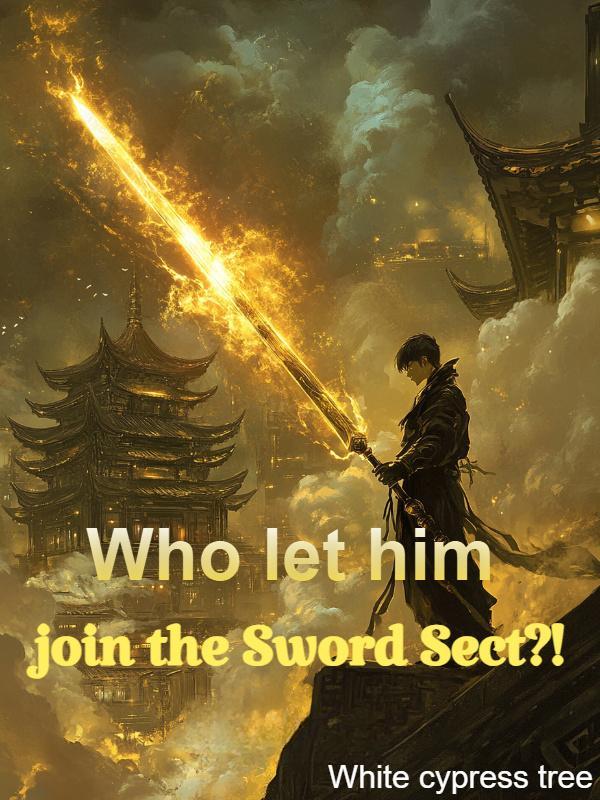©Novel Buddy
King of All I Survey-Chapter 165: Inspecting Zaporizhzhia Nuclear Power Plant
Chapter 165: Inspecting Zaporizhzhia Nuclear Power Plant
There wasn’t really all that much to see in a nuclear reactor chamber. It was basically a giant cylindrical hole set into cement. Inside the hole were smaller cylindrical hole into which fuel rods would be inserted when the reactor was in operation. The entire thing would be filled with water, to keep the temperatures under control and the water would be circulated into the reactor and out again to itself be cooled.
Heat from the reaction would also be used to power a turbine generator in a building adjacent to each reactor containment building. At present, the turbine buildings, in additional to housing the generators, were absolutely stuffed full of Russian troop transport vehicles, cargo trucks, military jeep-like vehicles with heavy guns mounted on the back, and cases and cases of various types of munitions. Joe mentally informed me that the munitions ran the gamut from ammunition for the assault rifles carried by the Russian infantry to artillery shells, explosive-laden drones, small anti-aircraft rockets, and RPGs.
While the reactor containment building was hardened to withstand a direct hit by a 747 crashing into it, There was, according to Joe, enough explosive power in two of the turbine buildings to crack the reactor shells if they were all detonated simultaneously. A fact, that Joe assured me would be very difficult to arrange on purpose, nevermind accidentally. The turbine buildings, themselves, however, would be completely destroyed if even a fraction of the armaments inside detonated by something like a missile strike or a well-designed explosive were set off in the stockpile.
Khaled explained that while the reactor buildings were well hardened, the real vulnerability was in the spent fuel rod storage buildings. Here, highly radioactive uranium fuel rods were housed after they were used inside the reactors and became too radioactive and too low in U235 content for continued use. The highly radioactive spent rods would be placed in water-filled cooling tanks to help dissipate the heat they still generated and to shield the radiation from escaping. After they cooled enough, perhaps in five years, at Zaporizhzhia Nuclear Power Plant they would be stored on site, for up to fifty more years in concrete and steel casks.
From there, the spent rods could either be recycled or buried in a deep geological vault forever. If recycled, they would go through a process of separating usable uranium and plutonium from the rods to be used in new fuel rods (or potentially nuclear weapons with further processing). This left a smaller amount of still radioactive waste material to be secreted deep underground, away from people essentially forever.
Zaporizhzhia Nuclear Power Plant’s spent fuel rod storage buildings were rated to hold up to 9000 spent fuel rods. Currently, between the cooling pools and the dry storage casks, there were just under 6000 radioactive spent fuel rods on site. Should the cooling pools be damaged or not continuously refilled with cool water, the heat from the freshly spent rods could cause them to ignite and release very large amounts of smoke filled with radioactive isotopes into the air, poisoning a potentially very large section of Russia and Ukraine, including inhabited cities.
Threatening these sites by attacking the area in the first place, and then by using it for munitions storage during an active war was absolutely unconscionable and further defined Russia’s leadership as completely bereft of compassion or empathy for their own citizens.
I made a mental note to remind myself, victory at all costs isn’t a victory at all. It’s just a lack of planning and patience.
"Aside from the obvious hazard of piling explosives into a nuclear power plant, those big doors are made to allow fire-fighting vehicles and equipment inside should anything happen. With all these vehicles inside, we would not be able to get enough equipment in to put out a cigarette nevermind a a real fire. By the time the trucks could be driven out and the way cleared, it would be too late. Especially if the ammo started bursting from the heat," Khaled explained.
"Explosives were placed on the rooftops of turbine buildings two and three, that we know of," he continued, "You say you took care of them?"
"Yes, we removed them entirely. Reactor one had a large, shaped-charge attached. It would have been able to crack the containment building in our estimation, but it has also been removed. They had radio activated detonators. We’re monitoring the frequency to see if a detonation code is sent," I told him. I hoped that we would not see that signal. Purposefully cracking open the nuclear reactor would be a level of evil, I wasn’t eager to see demonstrated. "The grounds are still mined with anti-personnel mines. We’ll get to those after we expand our secure perimeter beyond the buildings themselves. Unfortunately, we are somewhat limited in our capacity to capture enemy soldiers without hurting them. Otherwise, we’d take back the whole country at once."
"Without hurting them? They will certainly be shooting at you, dropping bombs even. Doesn’t it put your people in harm’s way to try to take them uninjured?"
"Marginally, but we generally don’t believe in violence and our men are willing to take that risk. We plan carefully and work incrementally so we can concentrate our attention and our forces on small, achievable goals."
The Russians will not use small efforts in retaliation. They’ll send in everything they can to overwhelm you if possible."
"Yes, we expect that. We are prepared."
Khaled looked at me quizzically. "Hmmm."
We completed the tour, engaging in lighter conversation for the rest of the time. Finally, we ended up back in the main control room. I had been mentally making arrangements with Joe during the tour for the return of the Ukrainian technicians who had been removed to Russia. I asked him to clear non-UEC personnel from Turbine Building six and begin using LITV to clear the vehicles and munitions so we could use that as a staging area for the return of the prisoners. He had located them quickly, tapping into the Russian systems. In an estimated eight minutes, he would start bringing them back home. I wanted to be there for that.
Some of the Russian soldiers are actually conscripted Ukrainians from Crimea or other occupied regions. Joe informed me. None of those we took from inside the plant, but as we expand, we’ll start picking them up, too.
Are they converts or just forced to work in Russian units where they are heavily outnumbered? I asked.
The latter, almost entirely. There are a few who had Russian heritage who lived in Ukraine, but these are a small minority. Volkov has been introducing die-hard Russian nationalists across the border secretly for years to try to get a separatist movement going. It was somewhat successful, but mostly consisted of the people he sent rabble-rousing. He used the noise they made as his excuse to invade and free ’Russian’ people from the Ukrainian leadership.
You can sort them out as we pick them up?
Yes, with a high level of certainty.
Good, make it so.
I walked back to Turbine Building Six, only taking one wrong turn. The main buildings of the plant were all connected by enclosed walkways. They were laid out in a very organized way, but for me, just arriving, they were a maze. I arrived with a minute to spare before the first prisoners were scheduled to arrive.
We had sixty-two of our paramilitaries, all with memory implant Ukrainian language proficiency, inside to debrief them and explain where they were and the current situation to groups as they arrived. The last thing we wanted was for several thousand men to run from the building seeking to escape. Especially with mines and Russian guards all around the grounds.
I had as many of the Ukrainian technicians still working at the plant as I could safely spare given a couple hours of time off. The plan was for them to line up along the corridors to welcome their friends and colleagues back from Russian captivity. Helping to reassure them that they were indeed safe and back on Ukrainian territory. Joe assured me that this would be very helpful for the morale and mental health of both the former prisoners and those still working at Zaporizhzhia Nuclear Power Plant.
I stationed myself at the exit of the turbine building leading into the corridor, essentially the last obstacle between the returning prisoners and the men lined up in the corridors. Joe handled the scripting for the paramilitaries doing the initial greeting, I hadn’t had time to check on that, but I trusted his judgement completely. fгee𝑤ebɳoveɭ.cøm
The plan was to bring in 1000-ish per wave, quickly get the building cleared, then bring in the next wave. We wanted the entire operation completed in less than an hour. To minimize the chance for the Russians to communicate between prison facilities and react while the transfer was still in process. If they did manage it and tried to take steps to kill or injure the remaining prisoners, Joe would deal with it. We still had some room in the simulation holding cells and we’d simply stash guards there if they became a problem.
With our men spaced out around the open floor space of the turbine building, we waited for the first transfer. Then, suddenly, the room was full of people. Very confused people. Our paramilitaries began shouted in Ukrainian, in unison, so as to remain intelligible. They raised their hands and called for attention.
Follow current novels on (f)reew𝒆bnovel



![Read The Royal Military Academy's Impostor Owns a Dungeon [BL]](http://static.novelbuddy.com/images/the-royal-military-academys-impostor-owns-a-dungeon-bl.png)



